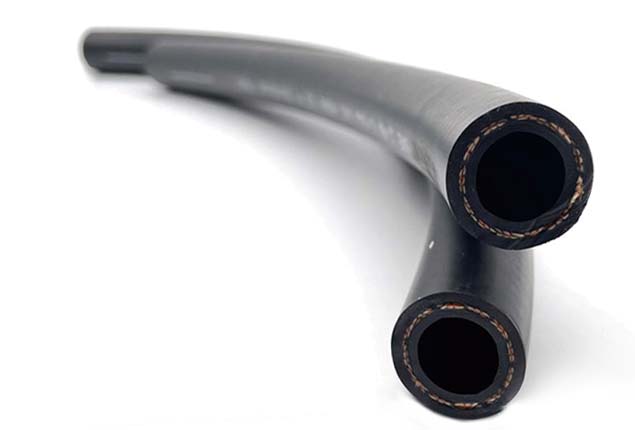Tips for Effective Repair of Power Steering Hoses to Ensure Smooth Vehicle Performance
Power Steering Hoses Repair A Comprehensive Guide
Power steering is an essential feature in modern vehicles, offering drivers the ease of controlling their cars with minimal effort. One of the crucial components of the power steering system is the power steering hose, which facilitates the transmission of hydraulic fluid necessary for the steering function. Over time, these hoses can wear out, leading to leaks and reduced efficiency. This article delves into the common issues associated with power steering hoses, signs that indicate a need for repair, and guidance on how to maintain them effectively.
Understanding Power Steering Hoses
Power steering hoses are primarily made of rubber or reinforced plastic, designed to withstand high pressure. There are typically two types of hoses the high-pressure hose, which carries fluid from the pump to the steering gear, and the low-pressure return hose, which returns the fluid to the reservoir. Given their exposure to heat, pressure, and environmental factors, these hoses can deteriorate, leading to potential steering system failures.
Common Issues and Symptoms
One of the most frequent problems with power steering hoses is leaks. A slow leak may go unnoticed at first, but it can degrade the performance of the steering system over time. Signs of a leak include
- Fluid Puddles If you notice a reddish or brown fluid under your vehicle where you park, it could be power steering fluid, indicating a possible hose leak. - Steering Difficulty A hissing noise or difficulty in steering can signal low fluid levels due to a leak. - Warning Light Many modern vehicles have dashboard warnings that can indicate low power steering fluid levels, prompting a further inspection of the hoses.
Ignoring these symptoms can lead to more severe issues, including complete power steering failure, which can be dangerous while driving.
Repairing Power Steering Hoses
power steering hoses repair

Repairing power steering hoses can often be a straightforward task, depending on the extent of the damage. Here are some steps that can be taken
1. Inspection Start by inspecting the hoses for visible signs of wear, such as cracks, bulges, or fraying. A thorough inspection may require lifting the vehicle to see the underside clearly.
2. Tightening Connections Sometimes, a loose connection is the cause of the leak. Tightening the fittings may resolve the issue without needing to replace the hoses.
3. Replacing Hoses If you find a significant leak or damage, replacement is necessary. Purchase hoses that are compatible with your vehicle's make and model. The replacement process involves draining the power steering fluid, disconnecting the old hose, and installing the new one.
4. Refilling and Bleeding After replacing a hose, refill the power steering fluid and bleed the system to remove any air pockets, ensuring the system operates correctly.
Maintenance Tips
To extend the lifespan of your power steering hoses and mitigate the need for frequent repairs, consider these preventive measures
- Regular Inspections Check hoses regularly for signs of wear and leaks, especially before long trips. - Fluid Checks Keep an eye on the power steering fluid level and top off as necessary. - Heat and Chemical Resistance Be mindful of factors that can accelerate hose deterioration, such as excessive heat or exposure to harsh chemicals.
In conclusion, maintaining your power steering system, particularly the hoses, is vital for safe and efficient vehicle operation. By staying vigilant and addressing any issues promptly, you can ensure that your power steering system remains in top condition, providing you with a smooth driving experience. If in doubt, consulting with a professional mechanic can save you time and ensure safety on the road.
-
Ultimate Spiral Protection for Hoses & CablesNewsJun.26,2025
-
The Ultimate Quick-Connect Solutions for Every NeedNewsJun.26,2025
-
SAE J1401 Brake Hose: Reliable Choice for Safe BrakingNewsJun.26,2025
-
Reliable J2064 A/C Hoses for Real-World Cooling NeedsNewsJun.26,2025
-
Heavy-Duty Sewer Jetting Hoses Built to LastNewsJun.26,2025
-
Fix Power Steering Tube Leaks Fast – Durable & Affordable SolutionNewsJun.26,2025

